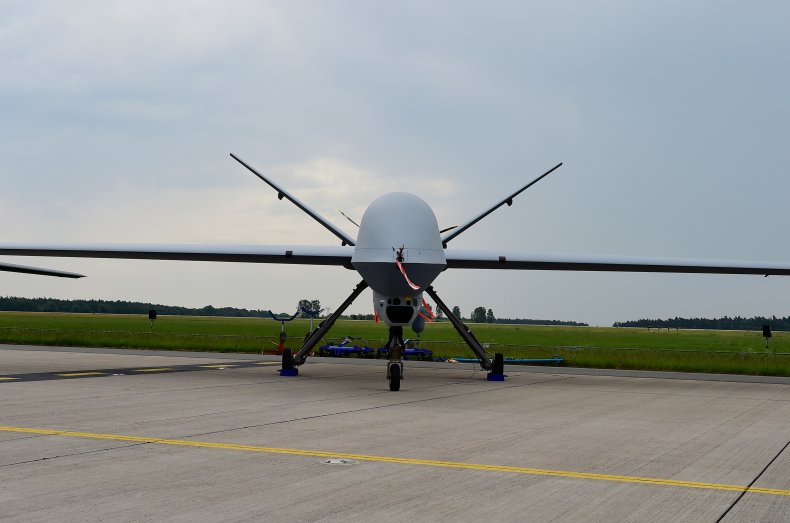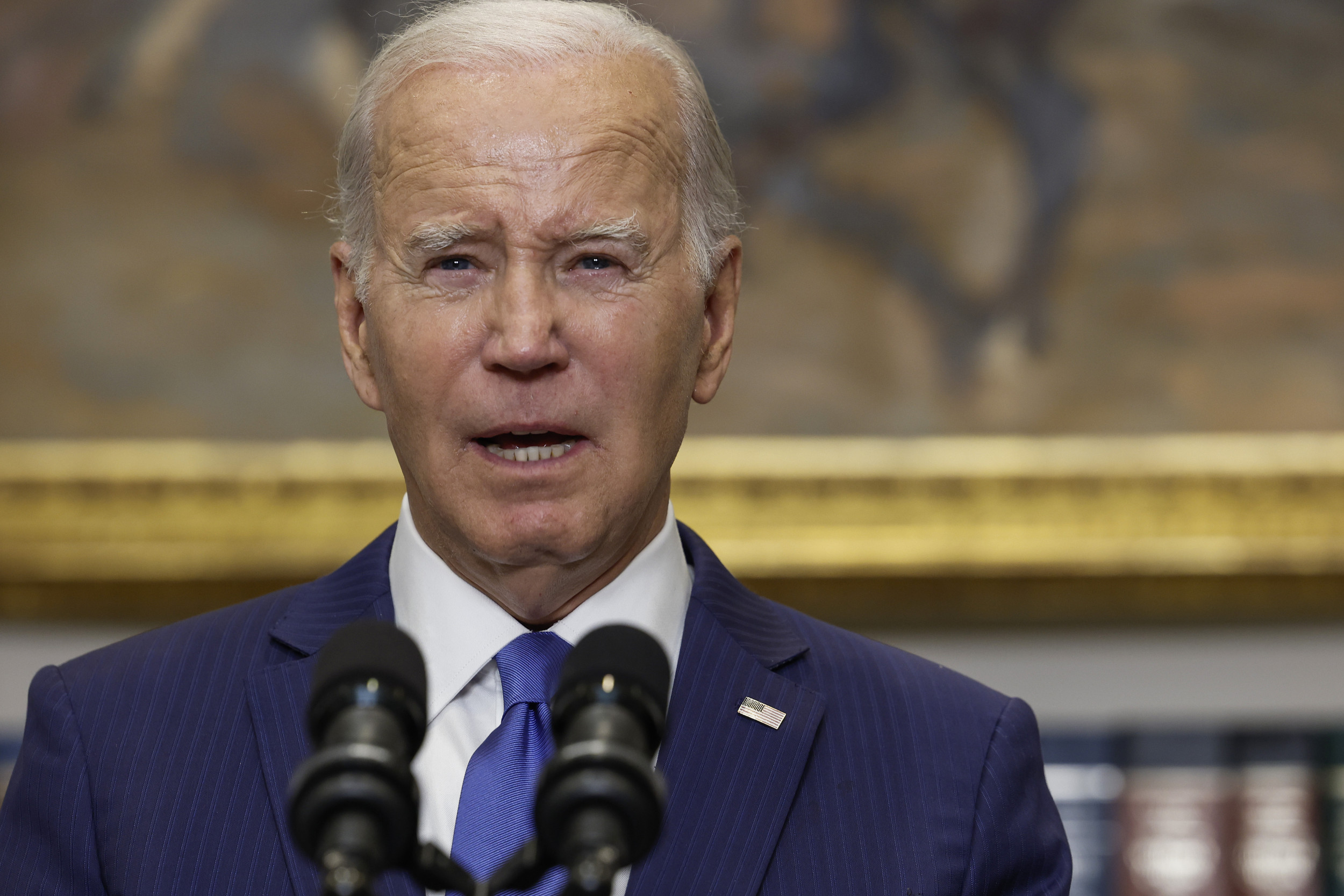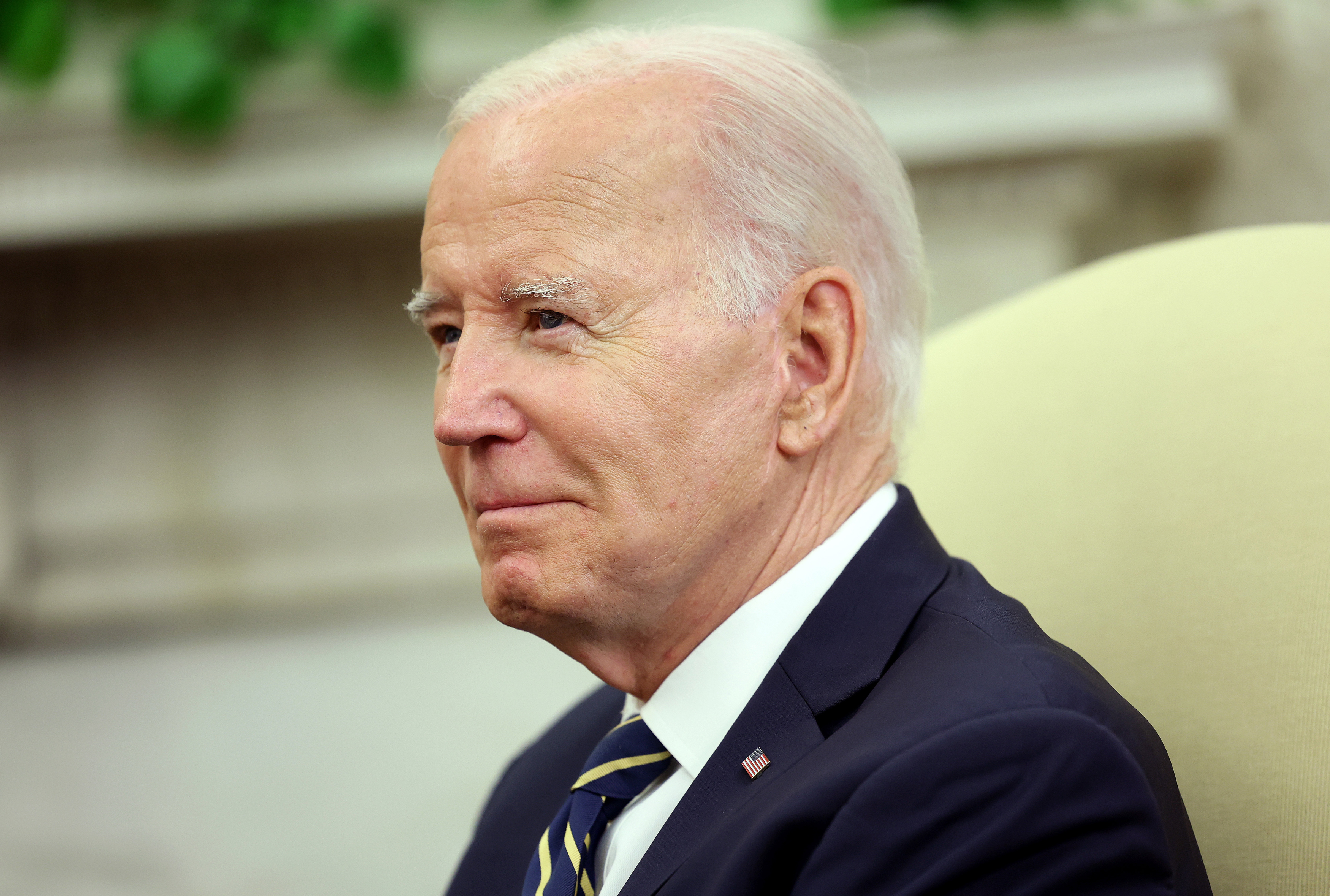Pentagon officials are again imploring Russian aircraft to stay away from U.S. drones after one was severely damaged on Sunday in Syria.
The U.S. this year renewed its efforts in Syria to combat the Islamic State militant group (ISIS), even as the organization that controlled large swaths of Iraqi and Syrian territory a decade ago has lost about 95 percent of that land.
The area is currently inhabited by the U.S., Russia, Turkey and Iran. This month, ISIS leader Usamah Al-Muhajir was killed by U.S. forces in an airstrike in Eastern Syria.
Deputy Pentagon Press Secretary Sabrina Singh told reporters on Tuesday that the U.S. "does not seek escalation, does not seek war with Russia" while adding that there's no excuse for Russian aircraft getting near a MQ-9 Reaper drone.

"We will continue to urge Russian forces in Syria...to adhere to standards of behavior that are expected of a national air force," Singh said, declining to elaborate.
Retired U.S. Air Force Colonel Jeffrey Fischer told Newsweek via Signal that Russia is clearly continuing attacks against unarmed U.S. aircraft operating in accordance with governing airspace rules.
"If it desired, Russia could shoot these aircraft down via missiles or guns but instead appears to merely exhibit dangerous harassment," Fischer said. "Without question, Russia's actions are escalatory. Perhaps they hope to elicit some response from the U.S., further than the diplomatic and soft power efforts already implemented. It's unclear why the U.S. has not taken a stronger stance against these attacks."
The MQ-9 was damaged at 12:23 a.m. Sunday, according to Lieutenant General Alex Grynkewich, head of U.S. Air Forces Central and Combined Forces Air Component Commander of U.S. Central Command (CENTCOM).
He said the Russian fighter aircraft "flew dangerously close" to the drone while it was on a defeat-ISIS mission, "harassing the MQ-9 and deploying flares from a position directly overhead, with only a few meters of separation between aircraft."
One of the Russian flares reportedly struck the MQ-9, severely damaging its propeller before the crew was able to keep it in the air and safely return it to its home base.
"The Russian fighter's blatant disregard for flight safety detracts from our mission to ensure the enduring defeat of ISIS," Grynkewich said. "We call upon the Russian forces in Syria to put an immediate end to this reckless, unprovoked and unprofessional behavior."
A similar instance occurred on July 5, according to the Pentagon, as Russian SU-35 fighter aircraft harassed three MQ-9 drones conducting a mission against ISIS targets. The Russian pilots reportedly dropped multiple parachute flares in front of the U.S. drones, forcing U.S. aircraft "to conduct evasive maneuvers." One of the Russian pilots was reported to have engaged the afterburner while directly in front of one of the MQ-9 drones, reducing visibility for safe operation.
Pentagon Press Secretary Air Force Brigadier General Pat Ryder said July 6 that Russia's actions were unprofessional and unsafe. Professional airmen should be less reckless, he added.
Following Ryder's remarks, a separate incident was reported by military officials involving the harassment of MQ-9s over Syria. Flares were reportedly released in the flight path of a drone by Russian SU-34 and SU-35 aircraft, which the officials said "flew dangerously close to the aircraft, endangering the safety of all involved."
The Associated Press, citing an anonymous senior defense official, reported last week that the U.S. is considering multiple military options to address Russian harassment in Syrian skies, adding that territory would not be ceded by American forces and that aircraft and drones would still be deployed in the country's western region strictly for anti-ISIS missions.
Russian officials have made similar claims, saying twice in the past week that U.S. F-16s and Typhoon fighter jets violated Syria's airspace in the al-Tanf area six and eight times, respectively, in one day, according to Russian state-run news outlet Tass.
Newsweek reached out to the Pentagon and Russian Defense Ministry via email for comment.








